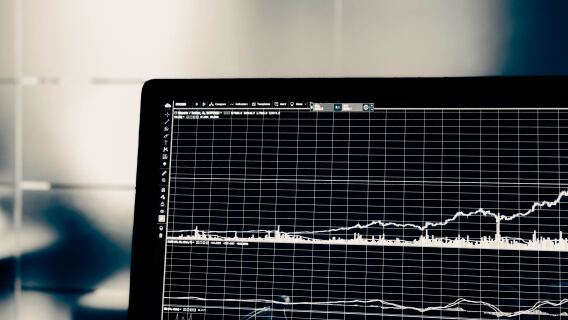Trading volume reflects the overall activity of the market, indicating the sheer amount of buying and selling of securities. Next to price, it is one of the most closely watched indicators.
Specifically, trading volume represents the total number of stock shares, bonds or commodities futures contracts traded during a certain period of time.
The major exchanges report trading volume figures on a daily basis, both for individual issues trading and for the total amount of trading executed on the exchange. Trading volume indicates market liquidity and the supply and demand for securities.
[text_ad]
Trading volume also reflects pricing momentum. When stock market activity—i.e., volume—is low, investors anticipate slower-moving (or declining) prices. When market activity goes up, pricing typically moves in the same direction.
Low volume of a security, even if it’s rising in price, can indicate a lack of conviction among investors. Conversely, high-volume accumulation of a particular security can indicate that traders are placing their long-term confidence in the investment.
Why Is Trading Volume Important?
Certain types of investors who subscribe to the technical analysis school of thought place enormous importance on the amount of volume that occurs in the trading of a security or commodity futures contract.
Trading volume also serves as a warning as to whether a stock is on the verge of breaking into upside territory (high volume) or into a downside trend (low volume). High volume also gives investors more flexibility to determine when it’s the right time to sell since it translates to greater liquidity.
A dramatic rise in volume is interpreted to signify future sharp rises or drops in price, because it reflects increased investor interest and conviction. Low-volume issues can be susceptible to volatility because lower volume can amplify price movements due to lower liquidity.
Take note: Extremely low volume sometimes attracts scam artists who are determined to manipulate the price of the stock, because their trading will exert an outsized influence.
At Cabot Top Ten Trader, in addition to the trading volume, our trading system analyzes dozens of key factors that most traders miss, including relative strength, quality of earnings, and leadership in the sector. Then it goes one step further by overlaying our Cabot market timing indicators in a way that identifies and ranks the strongest stocks in the market on a weekly basis and then trades in and out of them to grab the market’s biggest moves.
For more information, click here.
[author_ad]
*This post has been updated from a previously published version.

